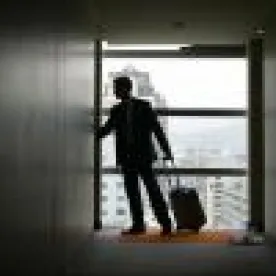The Conference Board has reported that its consumer confidence index plunged to 44.5 from 59.2 in July, the lowest since April 2009 and not far above 2009 record lows. Expectation was that the 59.2 might fall to roughly 50, but not this low. With consumer confidence so low, certainly a decline in leisure travel cannot be far behind, leading to further declines for the hospitality industry, right?
Not so fast. Our friends at Smith Travel Research (STR) in their weekly report for the week immediately before the Conference Board’s report was released, show (based on comparisons to last year) that occupancy rose 3.1 percent to 67.3 percent, so more people are filling hotel rooms. Even better, the average daily rate increased 4.4 percent to $101.80, and revenue per available room finished the week up 7.6 percent to $68.53. This means that not only are more people filing rooms, they are willing to pay a bit more to be there.
Perhaps the secret lies in digging through the numbers a bit more thoroughly. For example, it’s interesting to note that the U.S. appears to be a tale of two coasts (with the east and west coasts doing much better than the heartland). For example, STR shows double-digit occupancy increases in Miami-Hialeah, Atlanta and Seattle, while St. Louis and Chicago declined. Admittedly, there are some exceptions — Detroit, for example, enjoyed a double-digit increase in occupancy.
What does it all mean? It means that those of us in the hotel industry must be more diligent than ever in assessing the prevailing consumer and economic trends. The crystal ball is hazy and charting a successful course is an increasingly complex endeavor. Persistence and diligence may be more rewarding than brilliance for the near term.
(For additional information: http://www.str.com/ or PWC's Hospitality Directions August 2011)



 />i
/>i

